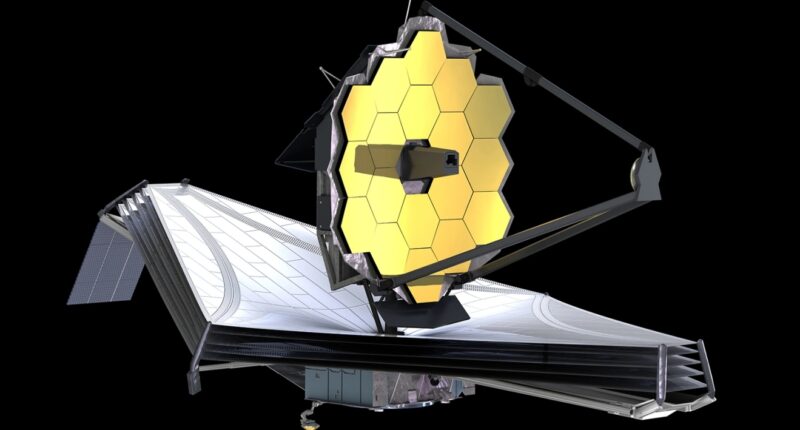ASTRONOMERS have uncovered a new galaxy that has shocked scientists over its resemblance to the Milky Way.
The distant spiral galaxy, captured by the $10billion James Webb Space Telescope (JWST), has reminded many of home.
The LEDA 2046648 galaxy is very far from home, however. As it is nestled into the fabric of the universe an eyewatering 1billion-light-years away.
JWST is good at spotting very faint, very distant objects like ancient galaxies.
Which is good, otherwise scientists would have never discovered Leda.
Leda is a system which is actually continuously moving farther away from Earth.


Some of the other swirls and sparks in the image are other galaxies and star systems, which could be as old as 300million years after the Big Bang.
Unbelievably, the galaxy is as it looked while the first multicellular organisms were forming on Earth, way before the age of the caveman.
It makes Leda, and that specific corner of the universe, a perfect specimen for JWST.
Scientists intend for JWST, which was designed to succeed the Hubble Telescope, to gather information about the oldest galaxies in the universe.
Most read in Tech
This is so humans can understand how the universe came to be, as well as its evolution.
JWST’s ultra-powerful camera can detect longer infrared wavelengths produced by light from this far away, making it possible to detect the Leda galaxy.
This is the most recent image the JWST team, comprised of both Nasa and European Space Agency (ESA) scientists, has released.
But it was actually one of the first images the telescope took.
Best Phone and Gadget tips and hacks

Looking for tips and hacks for your phone? Want to find those secret features within social media apps? We have you covered…
We pay for your stories! Do you have a story for The Sun Online Tech & Science team? Email us at [email protected]










